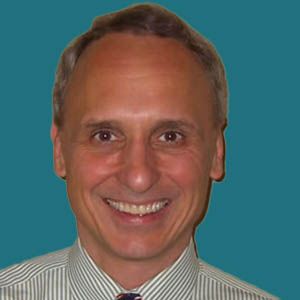MDA Care Centers and the Future of Gene Therapy in Neuromuscular Disease
Barry J Byrne, MD, PhD, the chief medical advisor of MDA, also shared his thoughts on the 75th anniversary of the organization.
This is the second part of an interview with Barry J Byrne, MD, PhD. For the first part, click here.
Barry J Byrne, MD, PhD
Credit: MDA

In the lead up to the 2025 Muscular Dystrophy Association (MDA) Clinical & Scientific Conference, which will be held from March 16 to 19, in Dallas, Texas, CGTLive® spoke with Barry J Byrne, MD, PhD, the chief medical advisor of MDA and a physician-scientist at the University of Florida. Following a discussion about expectations for the conference itself, Byrne spoke about the MDA's Care Centers and the future of gene therapy in general.
Byrne highlighted several innovations that lie on the horizon in the field of neuromuscular disease gene therapy, such as improvements in capsid targeting and adeno-associated virus (AAV) vector manufacturing, which will lower costs and expand treatment accessibility. Byrne also acknowledged MDA's 75th anniversary and expressed optimism and pride regarding the organization's continued commitment to the patient community.
CGTLive: Can you speak a bit about the MDA Care Centers?
Barry J Byrne, MD, PhD: The MDA Care Center operates on the principle that every patient benefits from multidisciplinary care. We have over 150 sites as distributed across the United States where care is provided to patients of all ages with neuromuscular diseases and amyotrophic lateral sclerosis. This is, we think, the best model for coordinating the care in all aspects of care that patients need, including access to durable medical equipment, testing, and access to new therapies. This year, we will be holding a Care Center Directors Meeting prior to the conference where we share best practices, talk about new opportunities for the Care Centers to collaborate on long-term outcome projects, and this is where I think we'll continue to contribute to the understanding of how to provide the best care for patients with neuromuscular diseases throughout the lifespan.
Do you have any thoughts about the future of gene therapy in general that you would like to share?
In this year we saw several novel ideas come to the gene therapy arena, both improvements in targeting of AAV
capsids and improvements in AAV manufacturing technology, which will lower costs and increase access, and most importantly, in Duchenne, unique approaches to building a larger dystrophin approaching the full-length molecule that is most active in unaffected individuals—so how can we restore all aspects of function of dystrophin in the musculature, in the nervous system, and at the earliest age?
One of our own efforts [for the future] is to ensure that a level of expression can be sustained over the lifespan, meaning the potential for redosing AAV vectors. This would be relevant to individuals who either received first generation products or may receive a treatment at a very early age. So our particular program is very focused on that aspect in Duchenne specifically. We look forward to advancing that part of the story for the really transformative treatment of Duchenne in the future.
Is there anything else you want to add?
In 2025 the MDA celebrates its 75th anniversary. We're extremely proud to have contributed to improving outcomes in patients living with neuromuscular diseases and have contributed in major ways to the discovery of new therapies which are really part of the current era of care for patients with neuromuscular disease. We hope for the next 75 years to continue to make those advances lead to better lives for people with neuromuscular disease.
This transcript has been edited for clarity.
Click here to register for the upcoming 2025 MDA Conference.